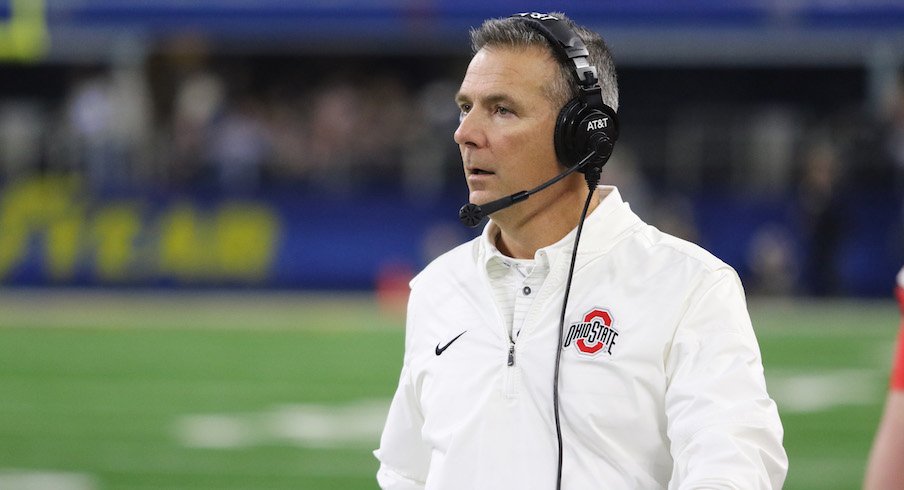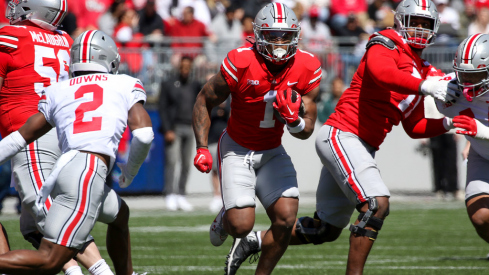Last week, the NCAA made a drastic change to its redshirt rules. In the past, if a player appeared on the field for even a single snap in one game, he lost an entire season of eligibility.
Under the new rules, however, a player can play in up to four games throughout the season and it would still be considered a redshirt year.
The rule change will certainly be a welcomed one for players and coaches as it allows for much more roster flexibility and the chance to get younger players on the field earlier with no consequence to their eligibility.
Another thing it's done is make redshirting a player much, much easier – and that's something Urban Meyer and Ohio State must be careful about, because as helpful as redshirts can be in certain situations, there are definitely downsides if they're used in excess, particularly at a school like Ohio State.
The first issue is that the best players at Ohio State rarely stay with the team for five years anyway, so redshirting them only wastes a season that they could have been on the field, even if it's just helping the team on special teams or getting playing time in garbage time at the end of games.
Guys like Eli Apple, Malik Hooker, Marshon Lattimore, Darron Lee and Gareon Conley all redshirted their freshman seasons, but did not use their full five seasons of eligibility. Thus, the redshirt year was effectively a waste of a season.
That's a problem, but it's not the largest problem caused by excessive redshirts because most of those players were buried on the roster anyway and it's not like the Buckeyes didn't have talent in front of them and desperately needed their contributions.
The larger issue is the players who redshirt and are never quite good enough to crack the starting lineup. That player then eats a scholarship for an extra season, which is a problem as Ohio State constantly deals with a numbers crunch of bringing in a full recruiting class every season while still managing to stay under the 85-scholarship limit.
“are they going to be here five years from now? Probably not. And if they are, they probably got bypassed.”– Urban Meyer
That's an issue the Buckeyes have run into in the past, and have been trying to avoid ever since.
"Are they going to be here five years from now? Probably not," Urban Meyer said at a 2016 press conference when referring to a group of freshman that appeared in the season opener. "And if they are, they probably got bypassed."
There are of course exceptions and times when a redshirt season is helpful. Redshirting quarterbacks and offensive linemen is typically beneficial, as they are both likely to stick around for most, if not all of their eligibility.
And then there are the project players who aren't ready to play immediately, but have incredibly high ceilings – players like Lee, or Tyvis Powell. Those are great stories, but generally when Ohio State recruits, they're looking for players to play now, not a few years in the future.
"Years ago you would do that. You'd say, 'Let's take this kid, what do you think he's going to be like in two to three years?'" Meyer said. "We're very rarely in that conversation now."
So while these new redshirt rules can be helpful, it could also be very easy to redshirt too many players – and that's something the Buckeyes need to be careful about.
They just brought in arguably the second-best class in program history, behind only the 2017 class. They recruited those players to play now. If they don't play immediately, you may have wasted a year of having them on your roster. If they don't, they may be on the roster longer than you'd like them to be.


